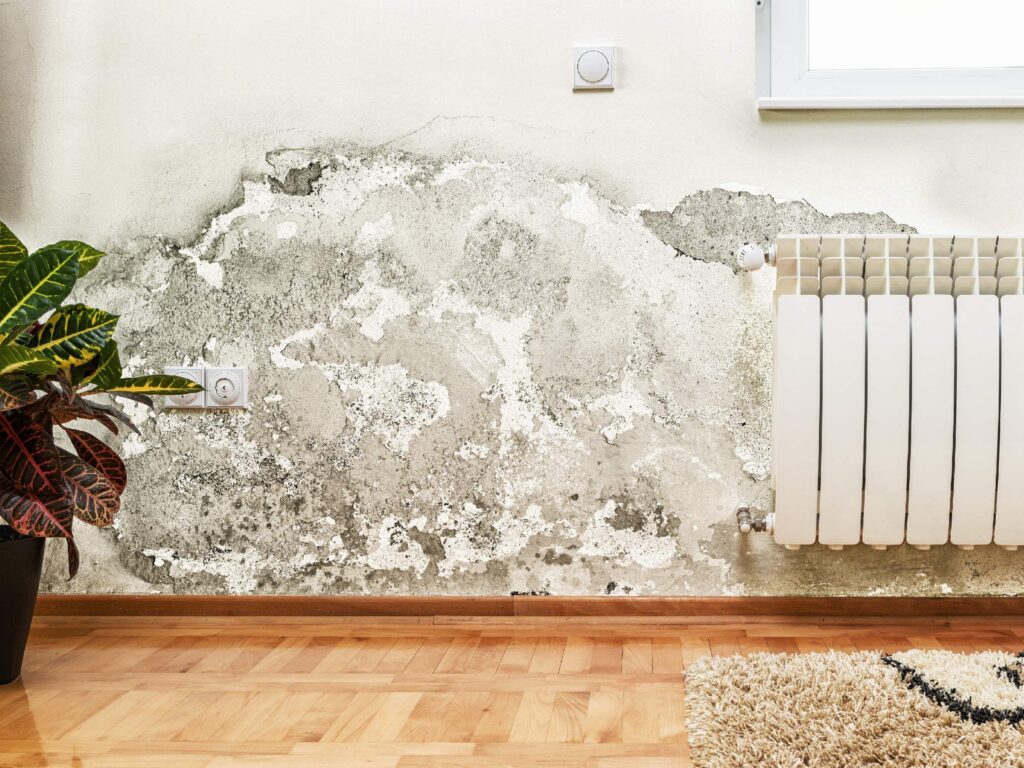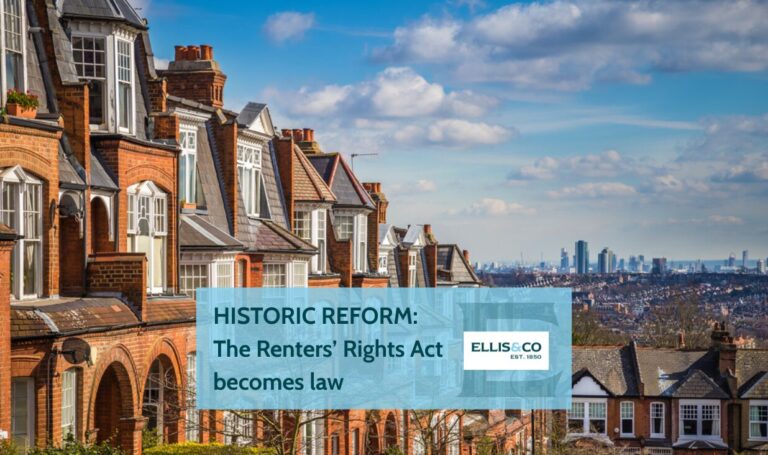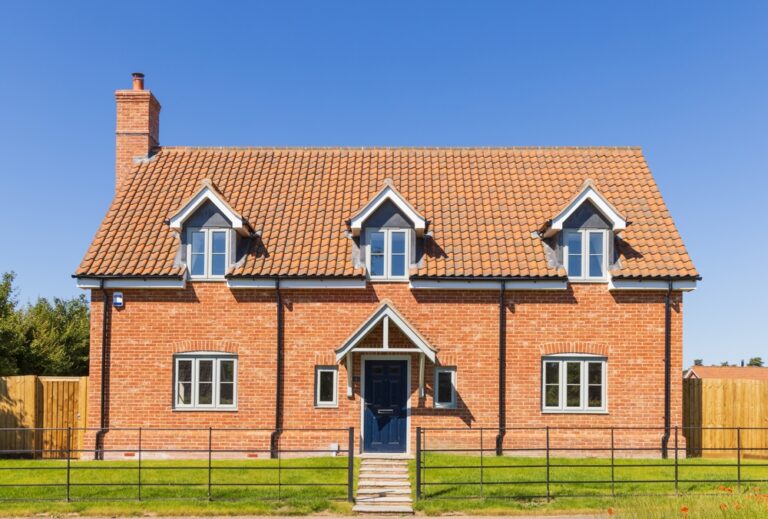Damp can be one of the biggest problems for both landlords and tenants.
In the autumn and winter the issue of damp can be a massive headache for landlords, especially if the problem is caused by a fault with the structure of the property.
Often, though, damp in a rented property can be caused inadvertently by tenants, which means educating the people living in there can often be an effective way to reduce damp.
In this guide, we’ll look at damp in more detail and explain how to get rid of it…
What causes damp or mould in a rented property?
Damp is caused either by a problem with a property’s structure, or by poor habits from those living there.
The most common form of damp is rising damp, which we’ll look at in more detail later.
But other forms of damp include:
- Lateral, or penetrating damp
- Condensation
Penetrating damp is usually caused by a problem with the property’s structure.
As its name suggests, penetrating damp is wetness that passes through the walls, usually because of a fault like leaky guttering, a damaged roof or leaking pipework.
Condensation is usually caused by poor ventilation in a property and occurs when warm air hits cold surfaces like walls and windows.
Damp proofing a rented property
It’s illegal to build a property without a damp-proof course (DPC), but many older properties either have an inadequate DPC installed or one that has become damaged over time.
A damp-proof course is a protective membrane that stops water rising through the foundations of a property and into the masonry and walls.
When a DPC is damaged or inadequate, water can rise through the walls of a property, creating tell-tell damp patches on internal plaster or brick work.
If a property’s DPC is damaged, or not performing the job it was installed to do, a retrospective damp-proof course installation could help to remedy the problem.
How much does damp proofing cost?
Replacing a damaged DPC or installing one in an old property is a huge amount of structural work.
So, most rising damp treatments involve injecting a damp-proof cream into the walls of a property.
A specialist will remove the plaster of affected walls, drill holes and inject the substance that will stop moisture rising through the masonry.
The costs involved depend on how many walls need to be treated but can run into thousands of pounds.
Decoration and replastering afterwards is also an additional cost.
Rising damp: What it is and how to get rid of it
Rising damp is caused when water comes up through a property’s foundations and into the masonry walls.
A faulty DPC, or even a non-existent one if the property was built before DPCs became a legal requirement in 1875, will almost certainly be the cause of the issue.
How to spot rising damp
The tell-tell signs of rising damp are:
- Rotten skirting boards or crumbling plaster on walls
- Peeling paint or wallpaper and wet patches on walls
- A white, powdery substance on walls
- Lifting floors and yellow / brown staining on walls
Damp caused by condensation
Condensation is often more of a problem in rooms like kitchens and bathrooms, where there is a lot of warm air and a lot of cold surfaces for it to hit.
But bedrooms, too, can be problematic during the colder months, with the warm air exhaled from sleeping hitting cold windowpanes and walls at night.
Rental property damp prevention measures
While preventing rising damp and penetrating damp is reliant on an effective DPC and a solid property structure, damp caused by condensation can be easier to prevent.
For landlords, often it’s a case of educating tenants and ensuring that their rental property is well ventilated.
Preventing condensation in kitchens and bathrooms
If there is an extractor hood above the cooking hob, tenants should be advised to use it when cooking.
The key to eradicating kitchen damp is to ensure warm air is removed from the room before it has a chance to settle on to a cold surface like a wall or window.
Extractor hobs suck warm air out of kitchens and disperse it outside and this is a simple way to protect a kitchen against damp and mould.
If the property’s kitchen doesn’t have an extractor hood, the landlord should consider installing one or, at the very least, advise the tenants to open a window when cooking so warm air can escape outside.
In bathrooms, where showering can cause a plume of warm air from hot water, an extractor fan should be fitted – particularly if there are no windows that tenants can open to allow that air to escape.
Will a dehumidifier get rid of damp?
While a dehumidifier won’t get rid of the signs of damp, it will help to dry out affected walls or floors so they can be redecorated.
If a property has had damp treatment, such as a retrospective DPC installed, a dehumidifier can be used after the work is finished to dry out any remaining dampness.
Dehumidifiers are also good for reducing condensation caused during sleep in poorly ventilated bedrooms and can be run in the mornings to dry any moisture on windowpanes or walls.
Does opening windows reduce damp?
Opening windows can help reduce damp.
In bathrooms and kitchens during cooking and bathing, opening a window can allow warm air to escape before it hits a cold surface and turns to into condensation, which will cause damp and mould.
How to treat damp internally
The first and most important thing when it comes to damp is to treat the root cause of the problem effectively.
Simply painting over damp patches on walls won’t eradicate the issue.
If a rental property’s walls have been damaged badly by damp and the source of the problem has been fixed, they may require re-plastering, before being painted and protected with a mould-resistant paint.
How to get rid of a damp smell in carpets
One of the biggest legacy problems with damp is the smell it causes.
Even if the issue causing damp or mould in a rental property has been fixed, there may still be a horrible musty smell caused by mould.
Often the smell will be in the carpet, particularly if the issue was rising damp.
The best thing to do is to seek advice from a specialist carpet cleaner, who may be able to remedy the problem and bring the carpet back to life.
However, if damp has really taken hold, it’s often best to simply replace the carpet.
Who is responsible for mould in a rental property?
If damp in a rental property is caused by a structural or DPC problem, then the landlord is responsible for fixing the issue.
Under the Homes (Fitness for Human Habitation) Act 2018, landlords are required to provide a habitable home for tenants.
Under the Act, tenants can take legal action if they believe their rental home isn’t habitable – with damp and mould included on the list of 29 hazards within the Housing Health & Safety Rating System (HHSRS).
However, if the property’s damp problem is caused by condensation, it can be more difficult to establish whether that is due to a tenant’s lifestyle (i.e drying clothes indoors, not opening windows or using extractor fans) or due to a lack of ventilation in the property.
Landlords should ensure their rental properties are well ventilated and rooms where damp and mould can be problematic are fitted with extractor fans.
They should also provide guidance to tenants on ventilating the property regularly and advise on the things they should avoid doing that can cause damp and mould issues.
How long does a landlord have to fix damp?
If a property is suffering with damp due to a structural issue, the Homes (Fitness for Human Habitation) Act 2018 stipulates the landlord should fix the issue as soon as possible, with courts deciding on exactly how quickly this should be done.
Problems that directly affect a tenant’s health or safety are usually expected to be rectified within a matter of days, with less urgent repairs carrying a timeframe of 28 days.
Damp in houses: What are tenants’ rights?
If damp in a rented property is caused by a structural issue, the landlord must take steps to fix the problem under the Landlord & Tenant Act 1985.
A failure to do this means tenants can take legal action to force the landlord to act. They may also be able to seek compensation.
A landlord’s rights over damp and mould
If the landlord believes their tenant is at fault for problems relating to damp and mould, they can withhold some, or all of the tenant’s deposit to pay for remedial work.
However, the landlord must be able to show evidence of decline in the property’s condition since the start of the tenancy and be able to prove the tenant’s actions, or lack of them, have caused issues with damp and mould.
The tenant can challenge the landlord’s request to withhold their deposit and if a resolution can’t be found, the landlord’s deposit protection service may be required to mediate.







